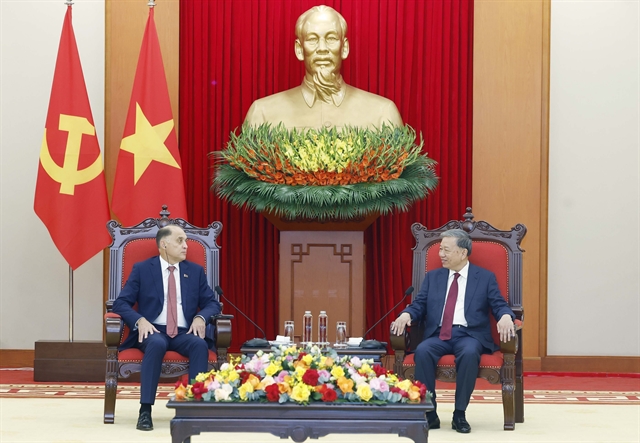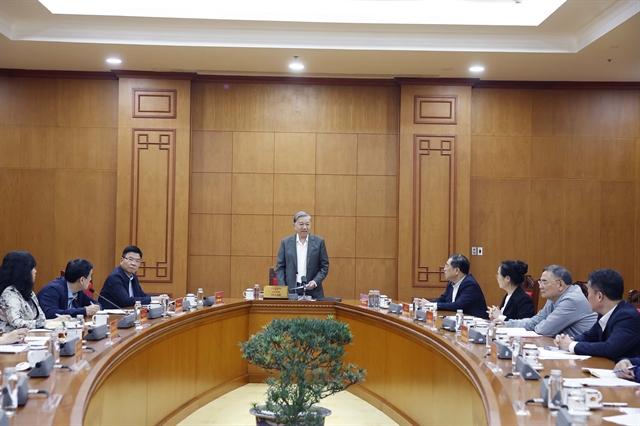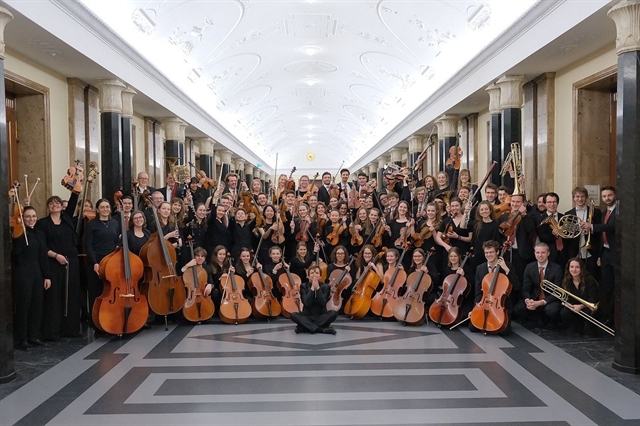 Life & Style
Life & Style
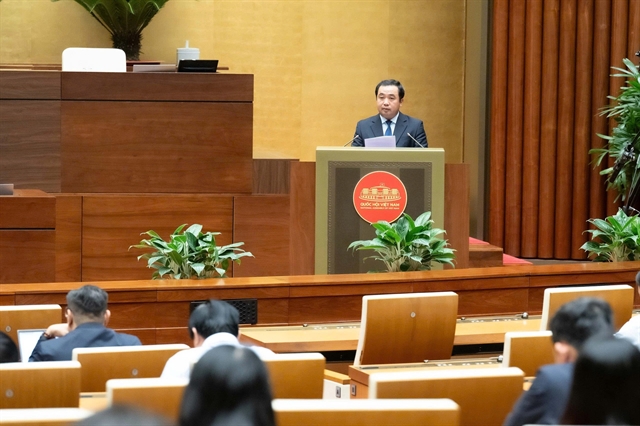
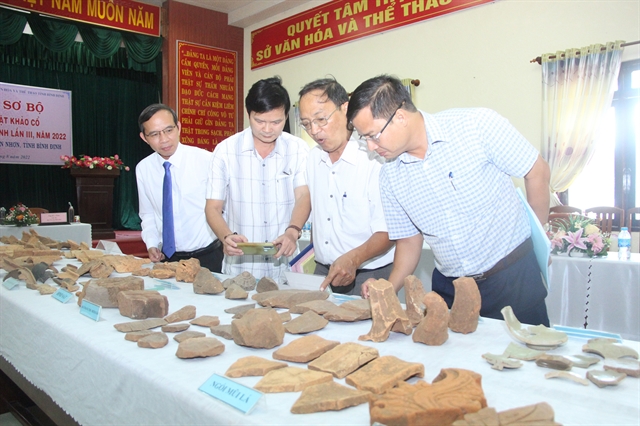 |
| Experts at the conference to announce early results of archaeological excavations of the Châu Thành tower remains in Bình Định. Photo courtesy of sggp.org.vn |
BÌNH ĐỊNH — Artefacts unearthed at the Châu Thành Tower ruins in Bình Định have helped archaeologists place the oldest date of these structures to between the 4th and 6th centuries.
The Department of Culture and Sports of Bình Định Province and the Việt Nam Institute of Archeology hosted a conference to announce the early results of archaeological excavations of the Châu Thành Tower remains in Nhơn Thành ward, An Nhơn town, Bình Định on August 18.
Phạm Văn Triệu, deputy head of the Historical Archeology Department at the Institute of Archeology, said the unit has uncovered three architectures of two distinct stages based on stratigraphy, building techniques, and construction materials.
Bricks, tiles, ornamental ceramic pieces, laterite, many statue fragments, porcelain, and small pieces of gold were also found, among many more antiques, architectural materials, and stoneware.
 |
| Scientists are researching a part of a Chăm statue discovered with ancient inscriptions. Photo courtesy of sggp.org.vn |
Triệu believes that the findings of the third phase continue to provide crucial information for verifying the official scale of the Châu Thành Tower and pinpointing the site of the main temple.
"Through the findings, it can be said that this ruins exists a large-scale tower architecture, and reflecting the entire historical period of the ancient Champa capital," he said.
The third excavation also helps identify the oldest date of the Châu Thành Tower remains in the 4th to 6th century.
Similar findings were discovered in ancient architectural works at Trà Kiệu Citadel (Quảng Nam), Cổ Lũy (Quảng Ngãi), and Hồ Citadel (Phú Yên).
They are evidence of the three-hundred-year era of territorial unification, which created a common nation.
Notably, the results of the excavations at Châu Thành demonstrate the early impact of Hindu culture on the spiritual lives of the Chăm people.
Lê Đình Phụng, of the Việt Nam Association of Archeology, said the remains of Châu Thành Tower are one of two large-scale ancient Chăm architectural works that shed light on historical evidence of the initial capital of the Lâm Ấp Kingdom in Bình Định.
Phụng added that this archaeology would contribute to the clarification of Bình Định's culture and history as well as Champa's historical culture after it has been merged into the Vietnamese cultural flow.
Huỳnh Văn Lợi, deputy director of the Provincial Department of Culture and Sports, praised the archaeological findings at the Châu Thành Tower.
The cultural sector of Bình Định plans to collaborate with the Institute of Archeology and scientists in order to continue investigating and clarifying the literary, historical, and religious significance of the Châu Thành Tower ruins. VNS

